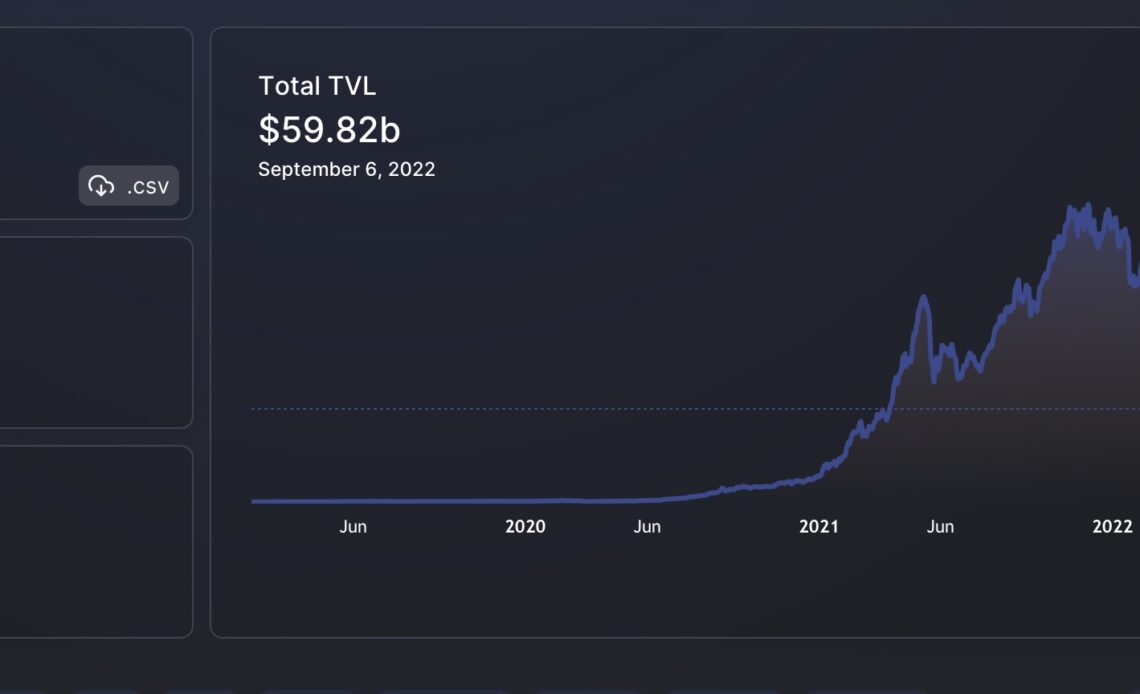Decentralized finance (DeFi) has seen tremendous growth since its inception, expanding by more than 1,200% in 2021 in total value locked (TVL) and surpassing $240 billion in invested assets. While DeFi has since dropped to around $60 billion TVL as a result of wider macroeconomic trends, such as rising inflation, the seeds are in place for DeFi to reconfigure the foundations of our financial infrastructure when the next market cycle comes.
Historically, the return to a bull market develops over a four-year trajectory. This time, a recovery in 2024 is highly feasible due to the maturation of monetary policy and easing of regulatory headwinds, which can allow for reduced interest rates and enable the flow of funding back into the space.
That bull market is likely to be driven by four factors: the taming of global inflation, renewed confidence in the sustainability of DeFi business models, the migration of at least 50 million crypto holders from the world of centralized exchanges to the world of decentralized applications (there are more than 300 million crypto holders worldwide today, mostly via exchanges), and, potentially, the next change in Bitcoin (BTC) mining difficulty.
Everyone is wondering where users and developers should turn next for opportunities. Is the next cycle going to repeat the 2020 “DeFi summer,” only bigger and with more users?
A shift to economic sustainability
Startup founders can no longer rely on “magic internet money.” What this means is that the market is unlikely to revert to the levels of confidence that allowed DeFi protocol founders to reward early users with large amounts of protocol-generated tokens, thus subsidizing annual yields of more than 100% or even 1,000% on invested capital.
While DeFi protocol tokens will continue to have a role to play, the minting of these tokens is going to be under increased scrutiny. Market participants will be questioning whether the protocol is able to generate enough fees to fund its treasury and eventually retain (or invest) more value than what it is distributing to end-users via inflation or rewards.
Related: Bitcoin bulls may have to wait until 2024 for next BTC price ‘rocket stage’
Of course, this does not mean that DeFi protocols are expected to be profitable from Day 1. Web3 founders will need to consider the concept of unit economics, borrowed from Web2 and Silicon Valley. This will allow a tech-enabled business model to generate free cash flow in excess…
Click Here to Read the Full Original Article at Cointelegraph.com News…
